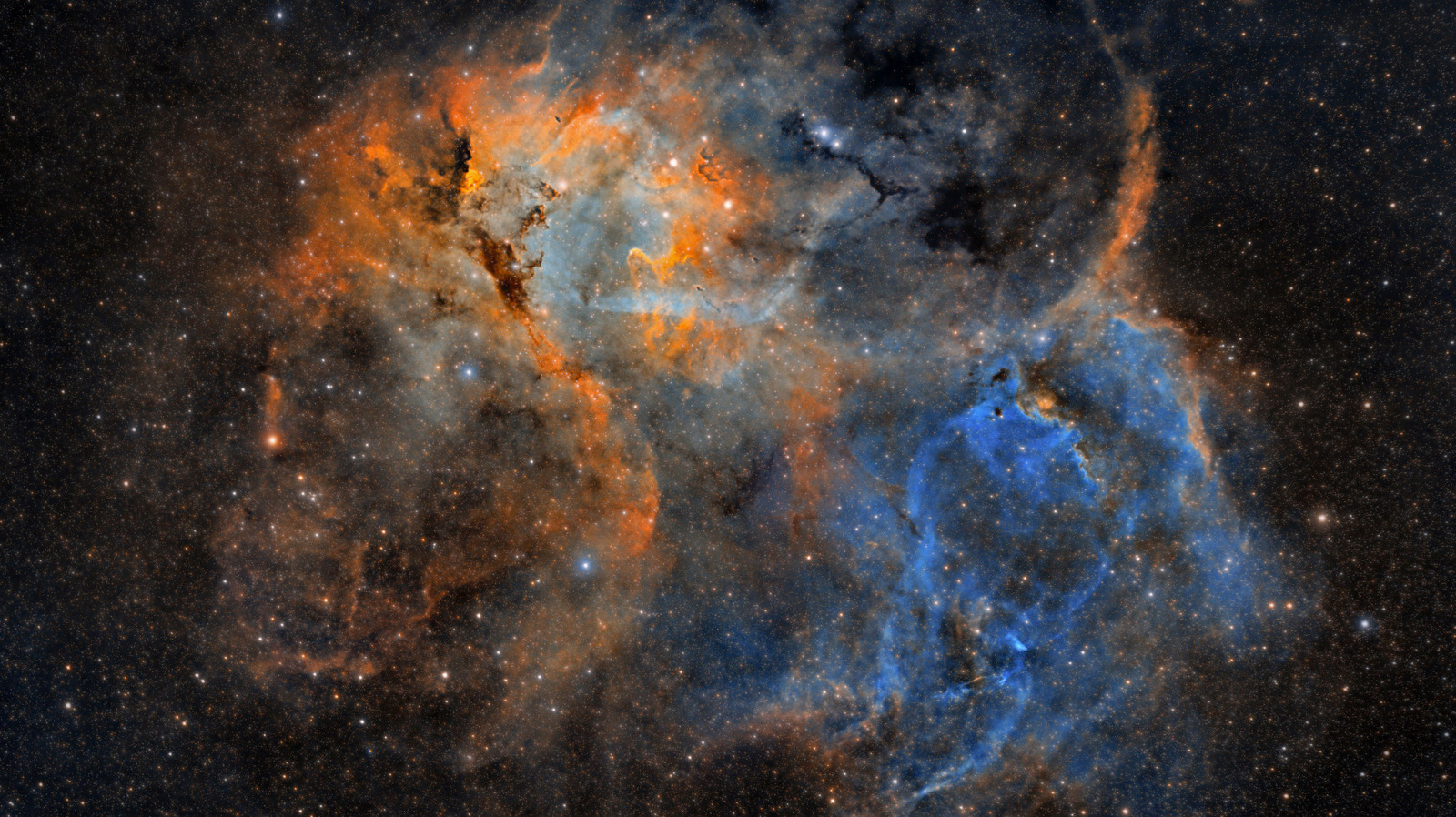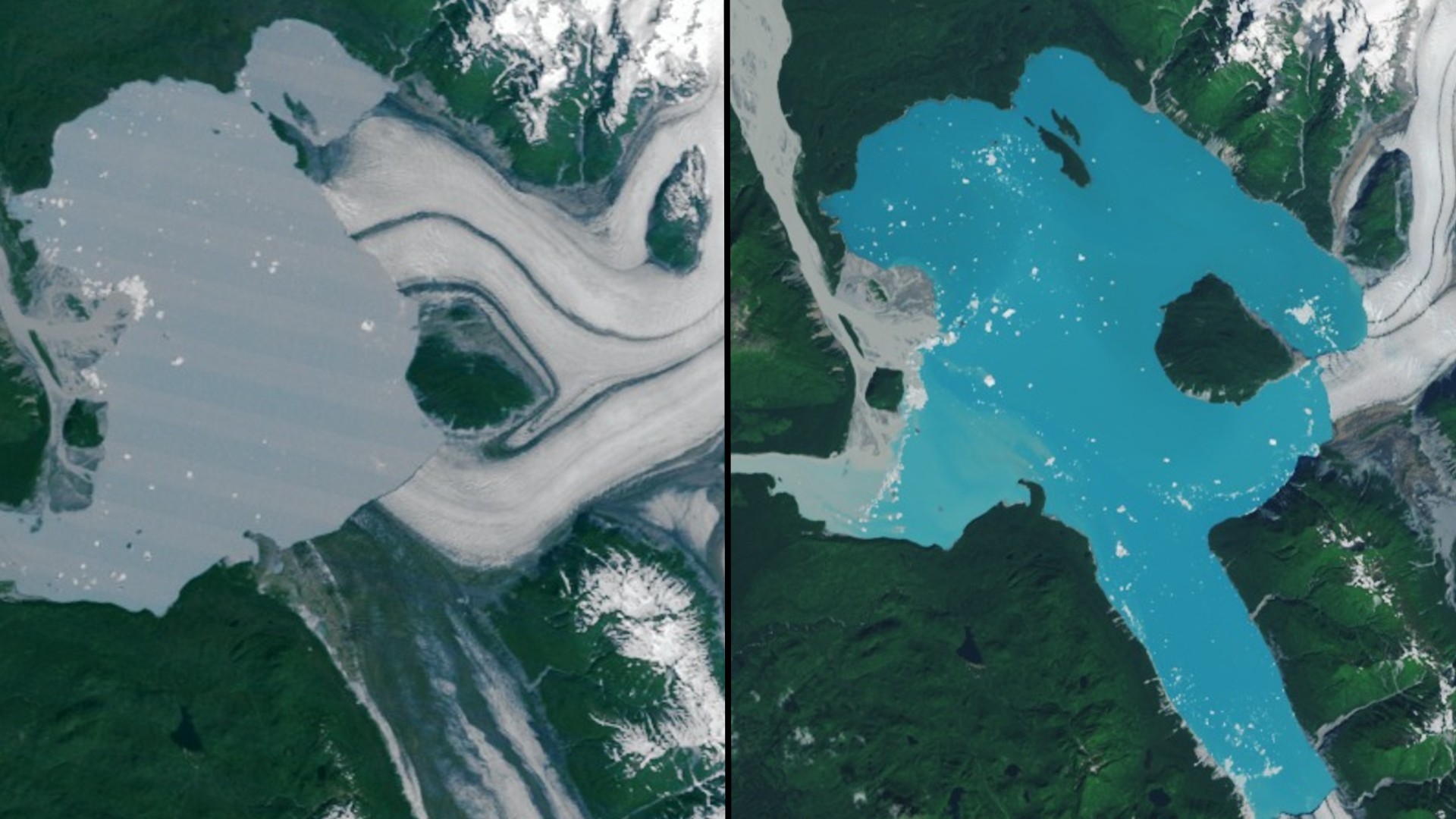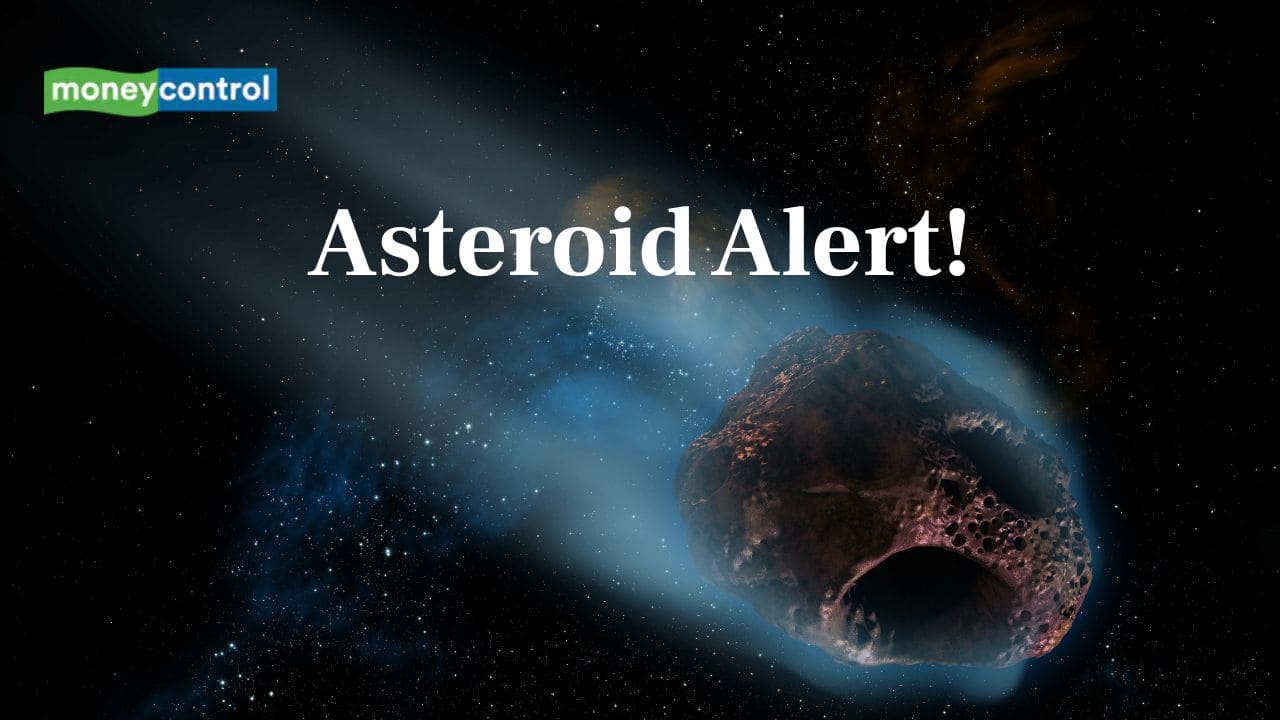Urgent Warning Issued on Global Unpreparedness for Major Volcanic Eruptions

The scientific community has raised an urgent alarm regarding our global unpreparedness for the next major volcanic eruption. In a compelling study published in Nature, climatologists and geographers have come together to warn that such an event could trigger unprecedented climate chaos in our warming world. This alarming warning demands immediate attention from governments worldwide, as the implications of inaction could be catastrophic.
Volcanic eruptions and their catastrophic climate impacts
Historical evidence paints a stark picture of volcanic devastation. The eruption of Mount Tambora in Indonesia in 1815 serves as a haunting reminder of nature's fury, resulting in approximately 90,000 immediate deaths. The climatic consequences were equally severe; this eruption caused the northern hemisphere to cool by approximately 1°C, leading to what is referred to as “the year without summer.” This historical event starkly illustrates the potential for volcanoes to disrupt global climate patterns.
According to geological records from the past 60,000 years, there is a concerning one-in-six chance of another massive eruption occurring this century. If such an event were to happen within the next five years, economic projections by Lloyd’s of London indicate that the impacts could exceed a staggering $3 trillion in the first year alone. These figures underscore the urgency for governments and organizations to understand and prepare for the potential fallout from volcanic eruptions.
The climate mechanics behind volcanic eruptions are complex and involve the release of sulfur dioxide into the stratosphere. This gas forms sulfate aerosols, which serve to reflect incoming solar radiation, effectively cooling the Earth’s surface. However, the extent of this cooling effect is heavily influenced by the size, vertical distribution, and quantity of sulfate aerosols released during an eruption. This complicates predictions of precipitation patterns, with cascading effects on agriculture and economic stability that are difficult to model accurately.
Additionally, regional climate phenomena like El Niño and monsoon systems face potential disruption during major eruptions. Scientists have acknowledged significant knowledge gaps in understanding these interactions, which further complicates our ability to anticipate the consequences of volcanic activity. Modern research efforts are being directed towards bridging these gaps, aiming to connect climate models with geological evidence from past volcanic events to create more accurate predictive systems.
Climate warming meets volcanic cooling: a dangerous intersection
The intersection of our warming climate with potential volcanic cooling creates a dangerous conundrum. As the climate continues to warm, the lower atmosphere warms while the stratosphere cools, which may influence the propagation and height of volcanic plumes. These changes in atmospheric conditions can alter aerosol spread and growth; intriguingly, smaller aerosols have been found to scatter sunlight more effectively, which can enhance surface cooling following an eruption.
Moreover, ocean systems are also facing their own set of challenges. Climate warming leads to increased stratification within ocean layers, which inhibits the mixing of deep and shallow waters. Consequently, volcanic cooling could disproportionately affect the upper layers of water bodies and the air above them, creating new patterns of disruption that differ from those observed during pre-industrial eruptions.
Scientists emphasize the critical need for next-generation climate models that accurately incorporate detailed representations of volcanic eruptions. These advanced models must better simulate historical eruptions that are not sufficiently covered by satellite data, account for future warming trends, and accurately represent stratospheric microphysical processes. Without these necessary improvements, our ability to prepare for and respond to major eruptions remains severely limited, leaving us vulnerable to the unpredictable forces of nature.
Societal vulnerability in an interconnected world
Unlike the 19th century, when the eruption of Mount Tambora took place, today’s world is home to eight times more people in highly interconnected systems. This interconnectedness means that agricultural networks would face immediate challenges from cooler temperatures, reduced solar radiation, and altered moisture patterns in rapid succession following a major eruption.
The potential for food insecurity would escalate as crop failures disrupt global supply chains. The social consequences of such disruptions could be devastating, potentially triggering unrest, conflict, and mass migration in regions already strained by the pressures of climate change.
Despite these serious risks, current climate models lack comprehensive analyses for volcanic scenarios. While climate change has received extensive modeling attention, volcanic disruptions remain largely underexplored, particularly in terms of their medium-scale effects on global agriculture. Researchers are calling for a more integrated approach that combines cutting-edge climate projections with advanced agricultural models to illuminate these critical blind spots.
The scientific warning issued in Nature underscores a critical message: governments must work concurrently to slow climate warming while simultaneously preparing for extreme events like major volcanic eruptions. This dual approach represents our best defense against the climate chaos that awaits us if we remain unprepared for the next Tambora-scale eruption—an event that geological evidence suggests is not a question of if, but when.



























